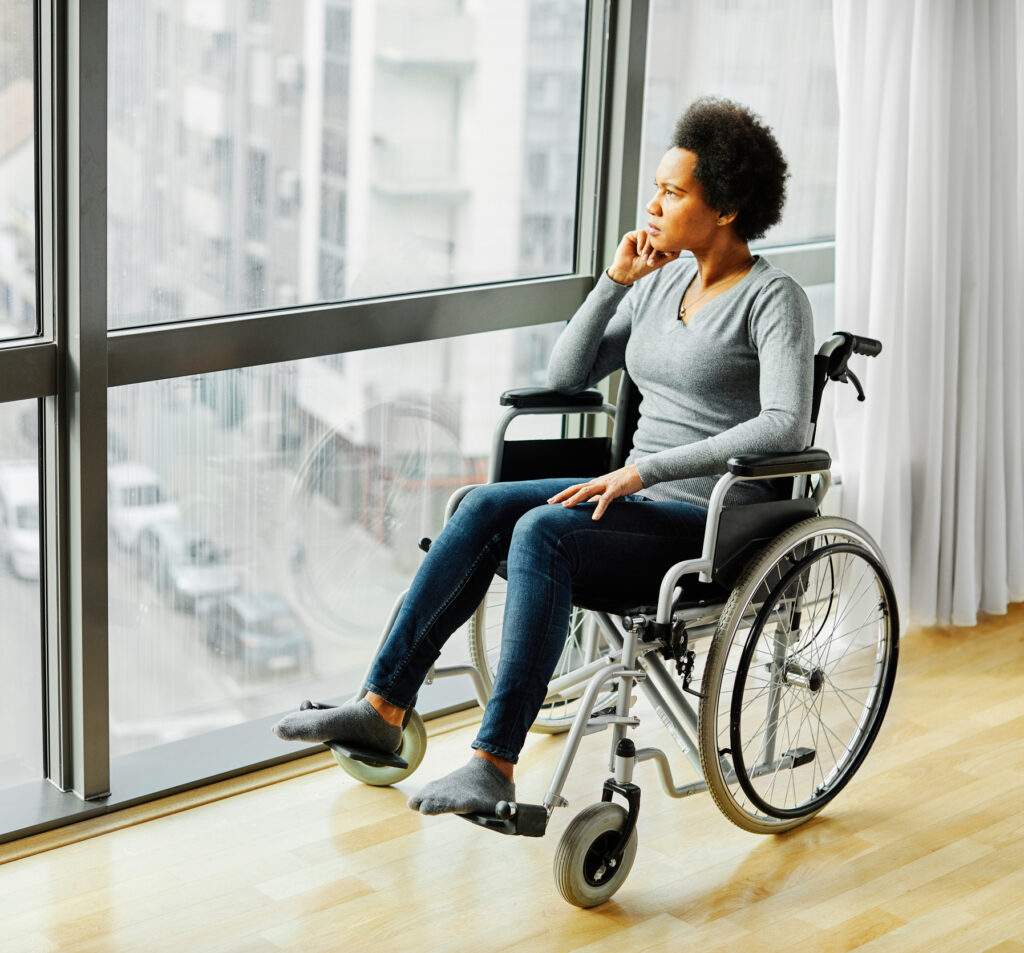Getting into a car accident is a scary experience. But when you know it isn’t your fault, at least you can rest a little easier with the knowledge that you will be able to pursue compensation for the damages that you suffered. But what happens when it isn’t clear that the other party is at fault for an accident? Can you still recover compensation when you are also partially responsible for the accident?
The answer is yes. You can still recover compensation when you are partially responsible for an accident in California. This is because California is a pure comparative fault state. This means that the courts are able to award damages to multiple parties involved in an accident based on each party’s percentage of fault.
To learn more about how California’s comparative fault laws work, we are going to be exploring them in depth. We’ll start by first examining comparative fault a little closer; then, we’ll turn our attention over to what factors are essential for establishing negligence and fault. Finally, we’ll look at what types of evidence help to establish said fault.
How Does California’s Comparative Fault Laws Work?
Different states use different approaches to determine who is at fault for an accident and how being at fault affects their ability to recover damages. Some approaches make it so you can only recover damages if you didn’t play a role in the accident. California, on the other hand, uses what is called comparative fault.
Let’s use an example to show how comparative fault works. Pretend you got into an accident with another vehicle. The only parties involved are you and the other vehicle, just to keep this example simple.
At the time of the accident, you were pulling into another lane in order to make a left-hand turn when suddenly, a car came out of nowhere and slammed into you. After the disorientation has passed and you’ve had time to seek medical attention, you start going over the chain of events in your mind. The other car was going well over the speed limit, which is why you hadn’t seen them, but you are willing to admit that you should have been more careful with the maneuver you were making.
In the end, it is found that you hold 20% of the fault for the accident while the other party is considered to be 80% responsible. When asking for damages of $10,000, you could be awarded $8,000. That is $10,000 minus 20%, the 20% being the percentage that you were found to be at fault.
Keep in mind, too, that this goes the other way. Say you were looking for $10,000 but were found to be 80% at fault. California is a pure comparative fault state, so you can still seek compensation even if you are more than 50% responsible for the accident. However, you would only be able to recover 20% of the damages you are seeking because you were 80% at fault. So, in this case, the most you could recover is $2,000.
What Factors Determine Fault in a Comparative Negligence Case?
There are four factors that determine whether or not a comparative negligence case has any legs. These four factors are necessary for winning any case based on negligence, which is the basis for pretty much every personal injury lawsuit throughout history. In fact, if these four factors are not present then there is simply no case, even if there was an accident and even if it was 100% the other party’s fault.
The four vital factors for a comparative negligence case are:
- You Were Owed a Duty: In order to be able to recover damages, you need to be owed a duty of care. Drivers automatically owe a duty of care to others every time they get behind the wheel. Businesses owe a duty of care to those invited on the premises. However, when we are owed a duty of care then we can’t recover damages, such as when we’re injured while trespassing somewhere.
- That Duty was Breached: Personal injury law is based on the idea that one person failed to live up to their duty of care and in doing so caused damages to another person. That means that to have a case, you need to show that a duty of care was breached. For example, showing that the other party was driving above the speed limit or driving while distracted.
- The Breach Resulted in the Accident: It must be shown that it was the breach of duty that resulted in the accident. Continuing with speeding as an example, you must show that the choice to speed is what led to the accident.
- You Suffered Damages: You don’t have any grounds for recovering damages if you didn’t suffer damages. However, those damages must also be directly linked to the accident in question. You can recover damages for your injured back if the injury wasn’t related to the accident.
What Evidence is Used to Establish Fault?
We use evidence in order to establish fault. Without evidence, all you have is two people arguing that the other person is responsible. Evidence is necessary in order to prove which party is actually responsible.
Evidence that is useful for determining fault in an accident includes:
- Medical records or even statements from the doctors that treated you that show your injuries were linked to the accident in question.
- Photos of the collision.
- Statements and testimony from eyewitnesses.
- Testimony and evaluation from experts in the field.
- Videos of the accident.
- Bills and records that show you suffered economic losses, from medical bills to car repair bills, evidence of lost wages, and other associated costs.
When Should I Reach Out to an Attorney?
The best time to reach out to an attorney is as soon as possible following your accident. The first thing you should do should always be to seek medical care since this will help to spot potential medical issues quickly, as well as establish a record that can be used in a trial. After that, however, you should reach out to an experienced attorney who can help you to pursue a lawsuit and seek the compensation you deserve.













